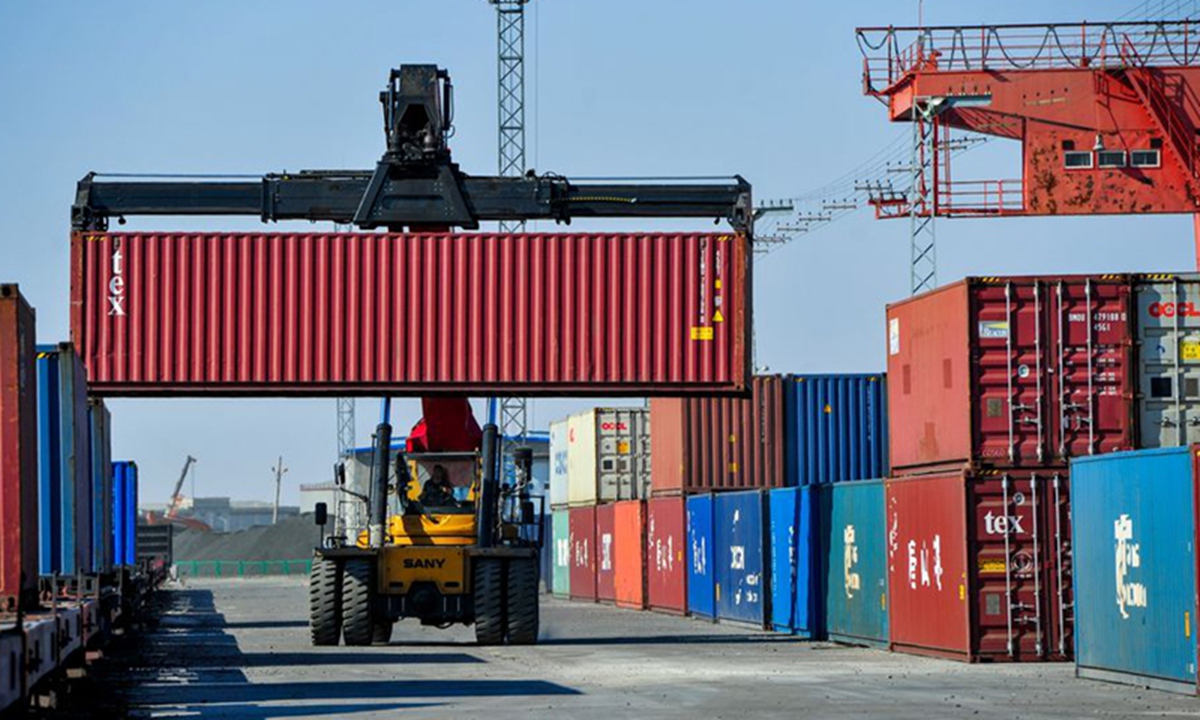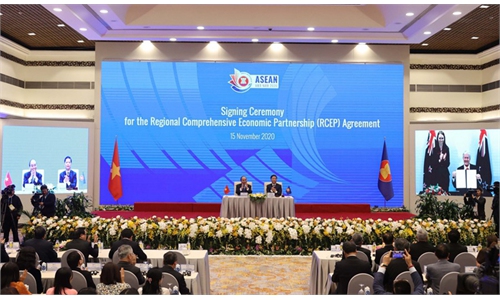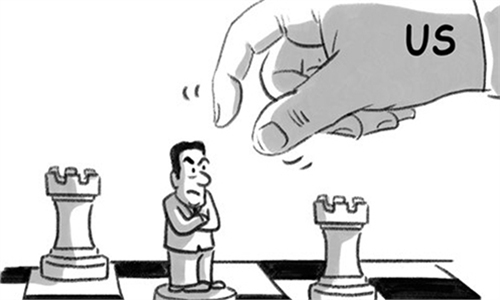
Photo:Xinhua
With ASEAN countries becoming China's largest trading partner in 2020, bilateral trade between China and Vietnam witnessed particularly remarkable growth.In a year when the coronavirus pandemic caused unprecedented disruptions to global commerce, China's trade with Vietnam rose a staggering 18.8 percent compared with the previous year, and its imports from the neighbor surging 22.2 percent, according to data released by the General Administration of Customs on Thursday.
It is worth noting that Vietnam's exports to China are not restricted to agricultural produce, but include a large variety of daily necessities, electronics and other items.
For those who like to compare the manufacturing competitiveness between Vietnam and India, the robust growth in China-Vietnam trade is a clear indication that Vietnam's manufacturing sector has been far more resilient despite the pandemic.
In fact, not just Vietnam's exports to China, the Southeast Asian country's exports to the outside world recorded a tremendous increase in the past few years. Statistics from WTO showed that Vietnam's exports doubled from $132 billion in 2013 to reach $264 billion in 2019. By comparison, India's exports rose slightly from $314 billion in 2013 to $324 billion in 2019.
A major reason behind Vietnam's foreign trade achievements is the significant improvement in its manufacturing strength. And the factors helping lifting Vietnam's robust economic growth may also have relevance for India in terms of improving India's manufacturing capability.
First, with some of low-end manufacturing plants being relocated from China to Vietnam, the industrial chain between the two countries has also strengthened. Whether it's the shoe-making sector or electronics assembly line, they need to purchase machinery equipment, production facilities, semi-finished parts and other raw materials from China.
Vietnam's manufacturing competitiveness is built on industrial capacity support from China. To some extent, the manufacturing relocation has actually strengthened the resilience of China-Vietnam trade. Even given the pandemic's disruptions, trade based on very solid supply chains is always quick to recover.
Second, Vietnam's market openness has earned it greater opportunities for industrial development. The country has been committed to joining a good number of regional free trade agreements, providing remarkable room for its manufacturing growth. For instance, the Comprehensive and Progressive Agreement for Trans-Pacific Partnership (CPTPP) has allowed Vietnam to establish close ties with other 10 countries, expanding market space for its textile and garment industry. Likewise, the Regional Comprehensive Economic Partnership (RCEP), signed in November 2020, is expected to bring significant trade opportunities for Vietnam's manufacturing sector.
Vietnam's efforts to proactively integrate into the regional industrial chain and value chain have paid off. With its manufacturing foundation consolidating, more and more businesses are looking to Vietnam - not India - as the next manufacturing hub of the world.
Of course, it is no problem for India to follow its own strategy for domestic industrial development, but some of Vietnam's experience is of good reference to New Delhi if India still has that ambition to grow itself as a manufacturing power.



